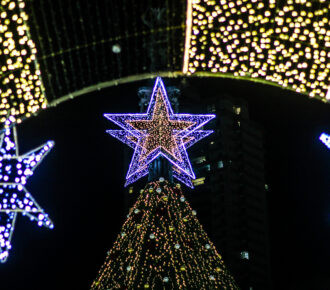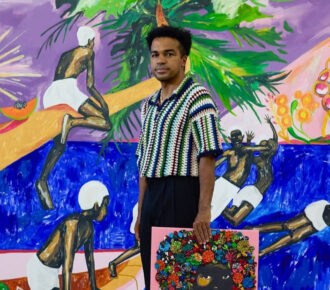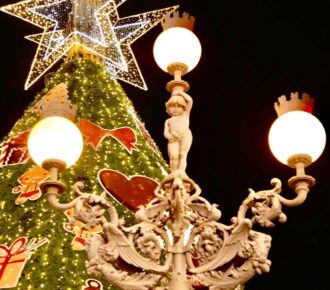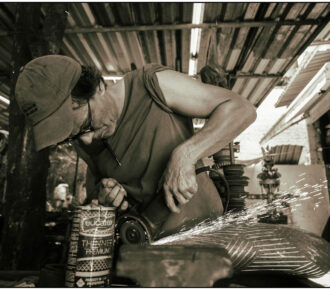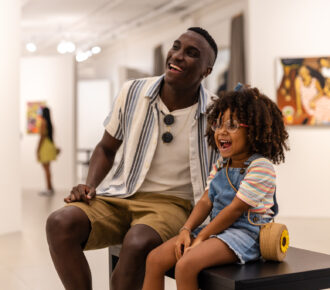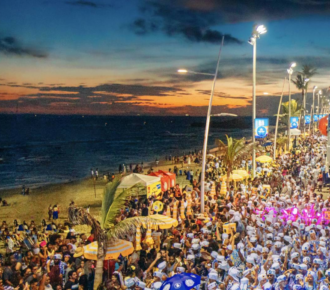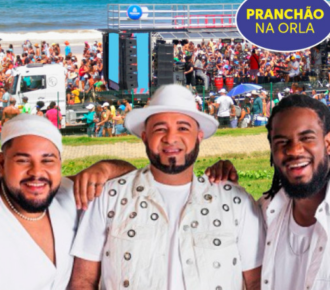
– The Historic Center: putting into context
Tomé de Sousa, colonizer, arrived in Brazil in 1549 with orders from the King of Portugal to found a fortress city in the All Saints Bay. Thus was born São Salvador, the seat of the General Government, for many years the largest city in the Americas.
The book “A História da Bahia”, by Luís Henrique Dias Tavares, says that the month and day of the city’s foundation are a controversial issue to prove. Thus, the date that Tomé de Sousa, the first governor general of Brazil, landed in the country, on March 29, 1549, was chosen, an episode about which there is no doubt.
Today, the Historic Center of Salvador covers much more than the area of the old walled citadel. According to the National Historical and Artistic Heritage Institute (IPHAN), combined with a unique topography, the Historic Center of Salvador is basically formed by buildings from the 16th to the 19th centuries, highlighting the monumental ensembles of religious, civil and military architecture.
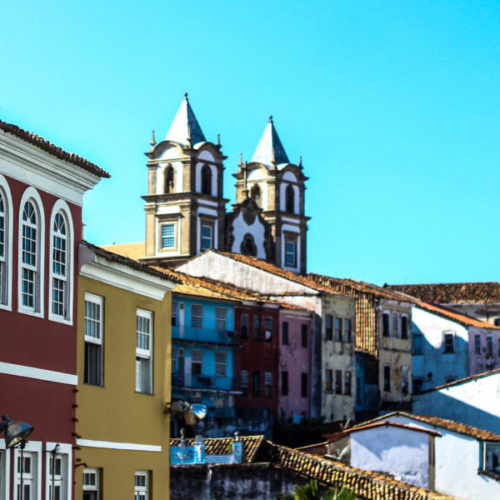
Due to the richness of its buildings, the Historic Center was inscribed in the Book of Archeological, Ethnographic and Landscaping Protection in 1984. On December 5th of the following year, its inclusion in the World Heritage List was ratified by UNESCO. Between 1938 and 1945, several monuments in the historic center were declared national heritage, to guarantee the preservation of Largo do Pelourinho and its immediate surroundings.
Also according to IPHAN official website, with the wealth generated by sugar farming, in the middle of the 17th century, the so-called monumental phase of Bahian architecture began, supported by the transition from the Renaissance to the Baroque style. The main buildings, which include the Church of the Jesuits (now Salvador’s Cathedral), the Church and Convent of São Francisco, the Church of Carmo, the Church and the Convent of Santa Teresa (currently the most important sacred art museum in Brazil), Church and Monastery of São Bento, Church of the Third Order of São Francisco and the Governor’s Palace date from that time.
More information on this link.
– Territorial limits
Historic center
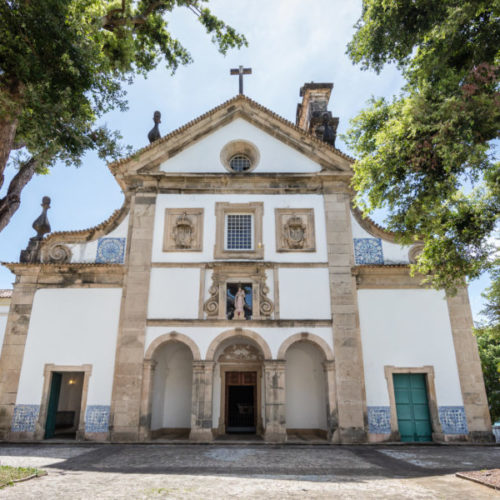
According to the architect, urban planner and professor Paulo Ormindo de Azevedo, the Historic Heritage Sector, known as Historic Center, has its limits at the UFBA Museum of Sacred Art (formerly Santa Teresa Convent, at Rua Sodré, with access through Av. Carlos Gomes) and the São Bento Monastery (at Av. Sete de Setembro). Baixa do Sapateiro – where the Cultural Space of Barroquinha is located, for example – up to the so-called Ladeira da Montanha are also part of it. The Historic Center continues through Pelourinho, extending to Santo Antônio Além do Carmo, ending at Forte da Capoeira.
Pelourinho
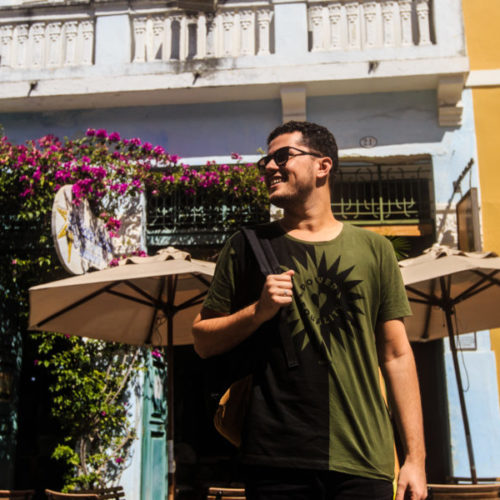
The well-known Pelourinho was just Largo do Pelourinho, located in the lower part of the region, where the Jorge Amado Foundation is located, for example. Today, it covers Largo do Terreiro de Jesus (there is the Cathedral Basilica of Salvador and the famous O Cravinho bar), Largo do Cruzeiro de São Francisco (which bears the same name as the Church known as the Golden Church, classified as one of the Seven Wonders of Portuguese Origin in the World), going to Taboão (street where Casa do Benin is located). The Carmo neighborhood starts at Taboão and goes to Cruz do Pascoal, where there is a monument of the same name. From there, it becomes Santo Antônio Além do Carmo, which goes until Forte da Capoeira.
Comércio
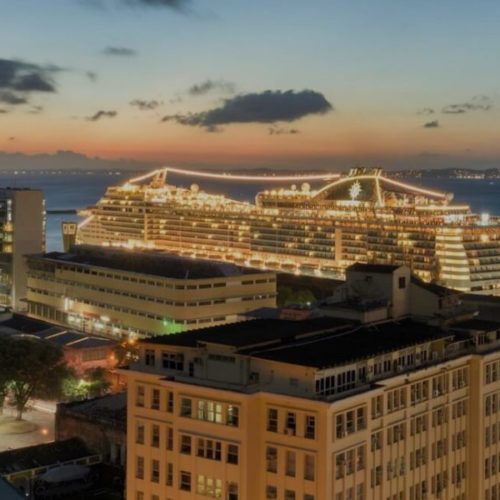
The Comércio district starts at the Basilica of Our Lady of Conceição da Praia, goes to the end of the port pier and maritime terminals and continues up to Calçada. There, there are Mercado Modelo, Hub Salvador, Praça da Inglaterra, Trapiche Barnabé, the Touristic Nautical Terminal of Bahia, among other points of interest. Comércio is located in the Lower City, which goes to the Itapajipe Peninsula, where famous neighborhoods among tourists are found such as: Boa Viagem, Bonfim, Monte Serrat, Ribeira and Roma – where the social works of Santa Dulce of the Poor People are located.
Traditional, administrative and old trade center
Paulo Ormindo de Azevedo explains that the traditional trade center in Salvador also encompasses Campo Grande, goes through the entire Avenida Sete de Setembro, until arriving at Avenida Chile. He says that there was a decentralization of the city, taking companies and large malls to another administrative center. So, the traditional center is on one side of the city, close to the sea, and the administrative center is on the other, on Avenida Luís Viana, known as Paralela.
There is also the so-called Centro Antigo de Salvador – CAS (Salvador Old Center), which corresponds, in addition to the area of the Historic Center of Salvador (and its listed buildings), also to its surroundings. This is a territory of historical and cultural value. Among the neighborhoods are: Tororó (where the giant Orixás sculptures are located inside the Dique do Tororó), Nazaré (where the Fonte Nova Arena is) and Comércio, among others.
Upper City and Lower City
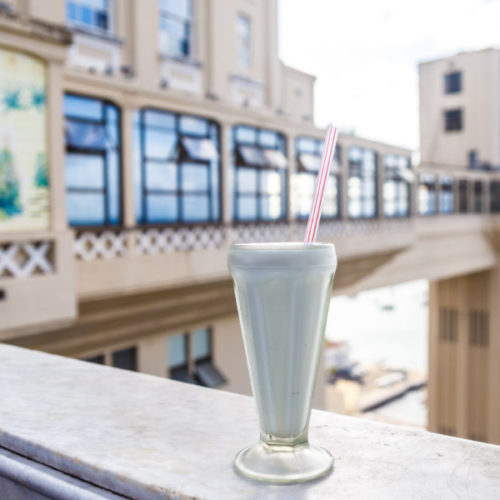
Upper City and Lower City are the names given to the regions according to sea level. The neighborhoods that are approximately 4 meters above sea level, are in the Lower City. Upper City is 30 meters above sea level or more. When the city of Salvador was founded, in 1549, the administrative and residential functions were at the top and the port and commerce by the sea.
The most popular connection between the “two cities” among tourists is the Lacerda Elevator, the starting point for many tours. From up there you have a beautiful view of Forte São Marcelo, Mercado Modelo, besides being next door at the Rio Branco Palace and having the oldest ice cream shop in Bahia, Sorveteria A Cubana.
The Gonçalves and Pilar Inclined Planes also make this connection. The Gonçalves Inclined Plane connects Pelourinho to Comércio, leaving you at the door of Casa do Carnaval. The Pilar Inclined Plane connects Comércio (at Trapiche Barnabé) to Carmo, leaving you close to the Cruz do Pascoal Bar, known for its cold beer and stunning view of All Saints Bay.
















